Personally, when thinking of the best English landscapes, I tend to cast aside this image of peace and harmony, and instead make a beeline for our more striking scenery. Mountains, swooping valleys, glistening lakes and rugged coastlines, it’s hard to disagree when you uncover these diamonds across our beautiful country.
So without further ado, here are my top four picks for the best landscape regions to see when visiting England.
Peak District National Park
The Peak District takes the untouched English vision of plain fields rolling into the distance and cranks up the extreme.
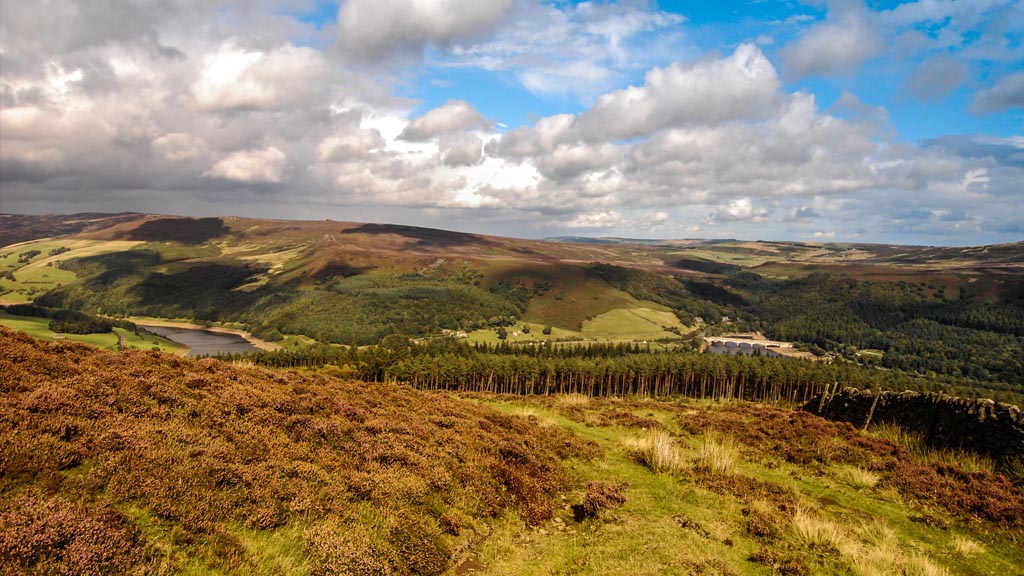
Found at the southern end of our famous Pennines - often considered the ‘backbone’ of England, the enormous Peak District landscape covers more than 500 square miles, and is characterised by the enormous hills found within. While the terrain is round, it is not jagged or unsafe, making it ideal for families, casual hikers and dog walkers.
There are a number of lakes and reservoirs embedded within the hills of the Peak District, one of the most popular being the beautiful Ladybower Reservoir along the A57, which is joined by the Upper Derwent Reservoir on its northern side.
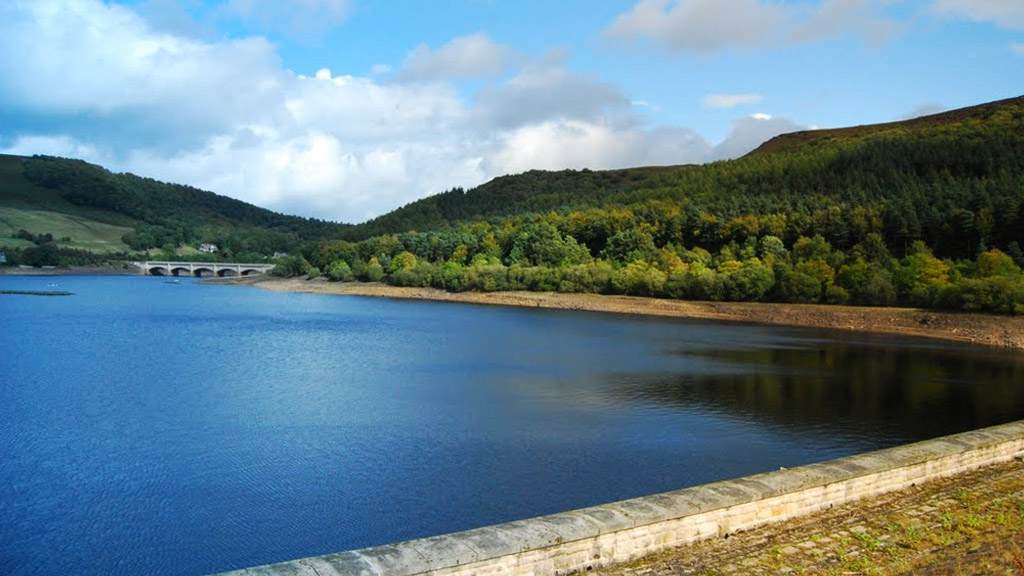
For keen walkers, moderate walking routes can be found across the area, lending opportunity to ascend to the proverbial peak of the Peak District and observe its impressive landscape from the skies. A personal favourite is the climb up Win Hill in Hope Valley.
Yorkshire Dales
15 miles up from the Peak District, just before the North Pennines, we come to the Yorkshire Dales - a cornerstone of English landscape scenery and a hotspot for ramblers.
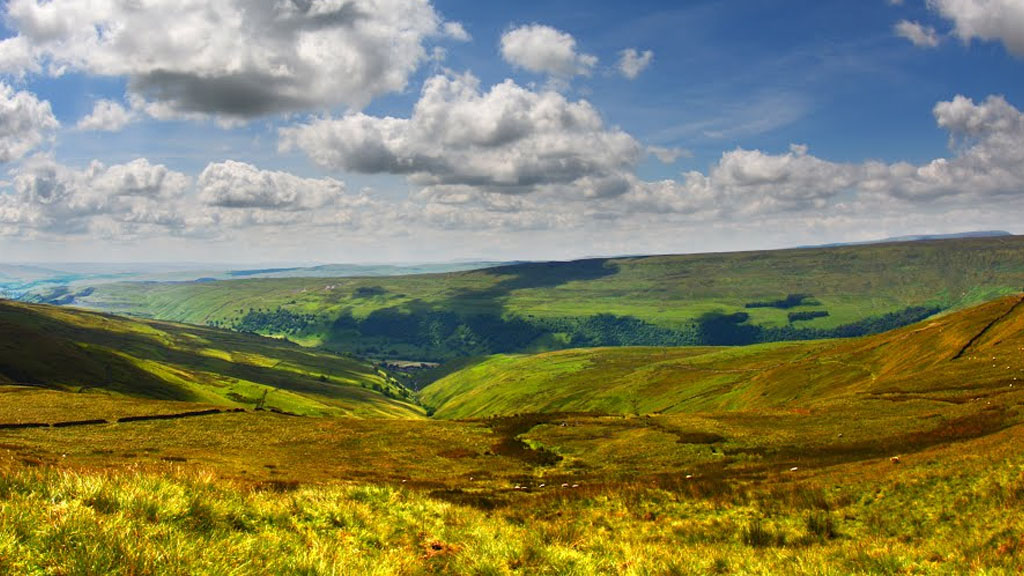
With nothing but hills and slopes for miles and miles, and covering 680 square miles of the Pennines’ surface, The Dales are another example of the model for intense English countryside. Paths are scattered around the area, making it easy for outdoors enthusiasts to partake in wildlife spotting, nature trails, or simply dog walking.
For those who can’t resist a good waterfall, the Yorkshire Dales hosts a magical selection, with Aysgarth Falls, West Burton Falls and Stainforth Force among the most popular.
Lake District National Park
Arguably the most attractive and diverse area of outstanding national beauty in England, the Lake District never fails to disappoint fans of scenic retreats.
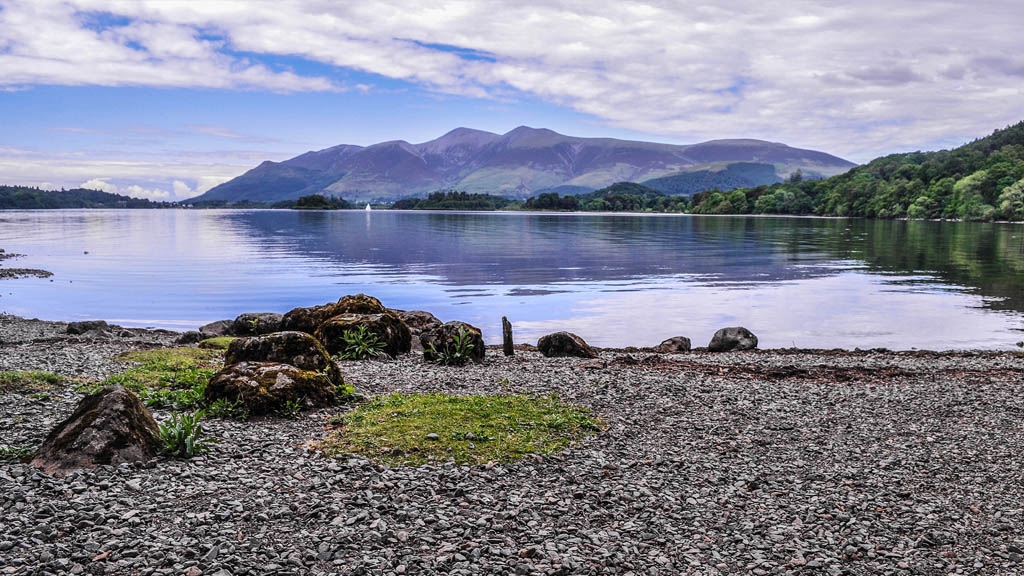
Located in Cumbria in the northern half of England, the Lake District (often referred to as simply “The Lakes”) is a collection of stunning mountain ranges and many lakes/waters, occupying over 900 square miles. The Lake District is also the home of Scafell Pike, the highest mountain in England, and Windermere, the largest natural lake in England.
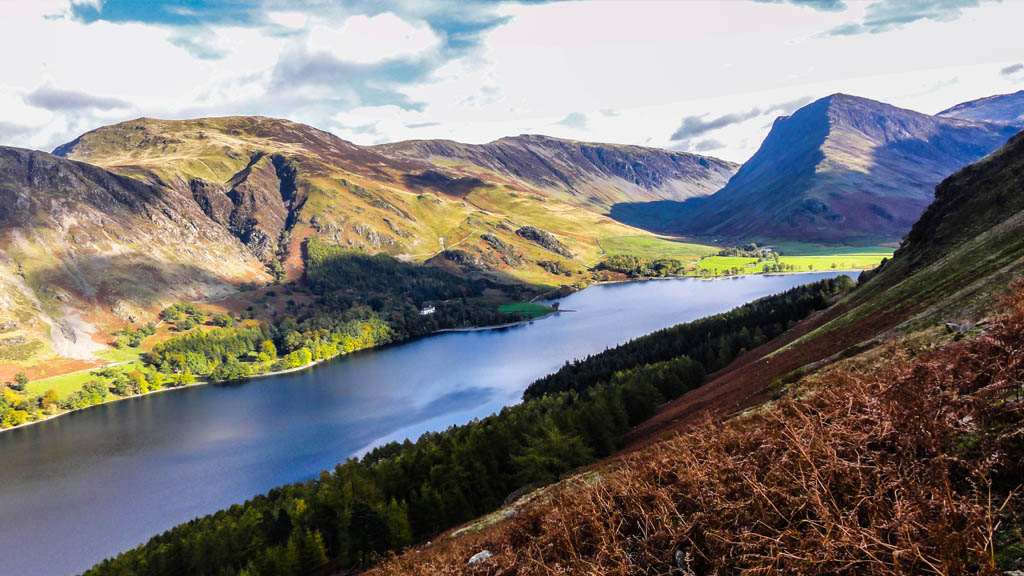
The drawing power of the Lake District is fierce, attracting all kinds of tourists every year, from casual holidaymakers, to hardcore hikers looking to conquer the wide array of peaks, to keen nature and scenery photographers.
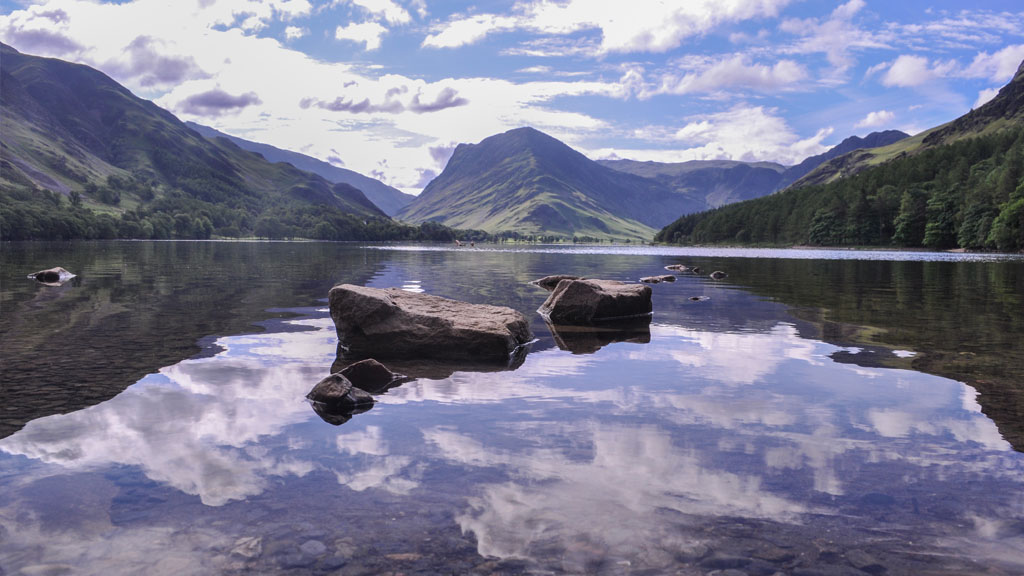
When it comes to scenery, my heart has long belonged to Buttermere - a small but magical spot in the north-western region. It brings together everything a landscape photographer and a nature enthusiast could dream of - enormous mountains and rocky hills encasing a majestic lake with an unmistakable hint of harmony in the air.
Jurassic Coast
England's coastline is famed for its raw, rugged and distressed nature, with mile upon mile of exciting oceanside scenery spanning the width and length of the country. The Jurassic Coast lining the south coast of England is possibly one of the best examples of such dramatic and unique coastal areas.

Durdle Door is one of the most recognisable pieces of English landscape and heritage, drawing countless visitors every year. The arch-shaped limstone rock separating from the main coastline and out into the shore makes for a compelling sight whether you're stopping off while walking the south coast path or relaxing on the beach beneath the door-like behemoth.

Right next door (excuse the pun) to Durdle Door is its neighbour, the remarkably stunning Man of War Bay, the perhaps-lesser known Mediterranean-style inlet with a sweeping sandy beach and a vibrant shore. Sharing borders with the beloved and typically packed Durdle Door, visitors looking for more peaceful surroundings can opt to settle down at this beautiful spot instead.
South Cornwall
We come tumbling down the hills of the English inland landscapes and scurry off to the south-west to our greatest collection of beaches and coastline scenery. Cornwall is iconic for its seaside fish and chips culture, surfing, fishing, and the best coastal retreats available in the country.
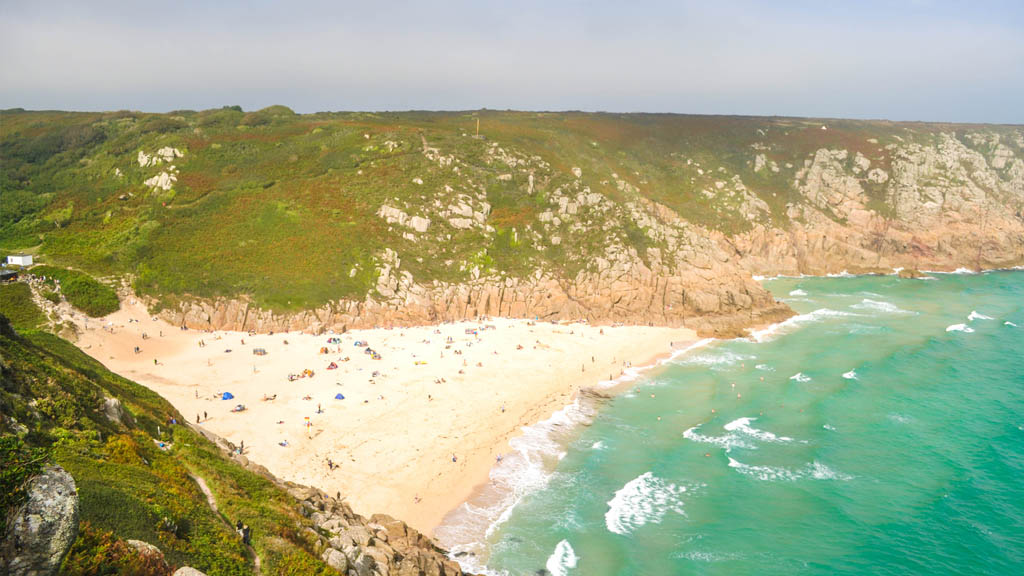
No matter where you wander along the edges of Cornwall you’re sure to find something tantilising, whether it’s the beaches in Newquay and St Ives, or the rugged coastlines at Land’s End and The Lizard.

Cornwall’s mild climate, reaching an average 25-30°C in the high season, makes it an ideal alternative to the Mediterranean countries for a beach bum vacation for holidaymakers who love sun, but not scorching heat and a lobster red sunburn as a souvenir.
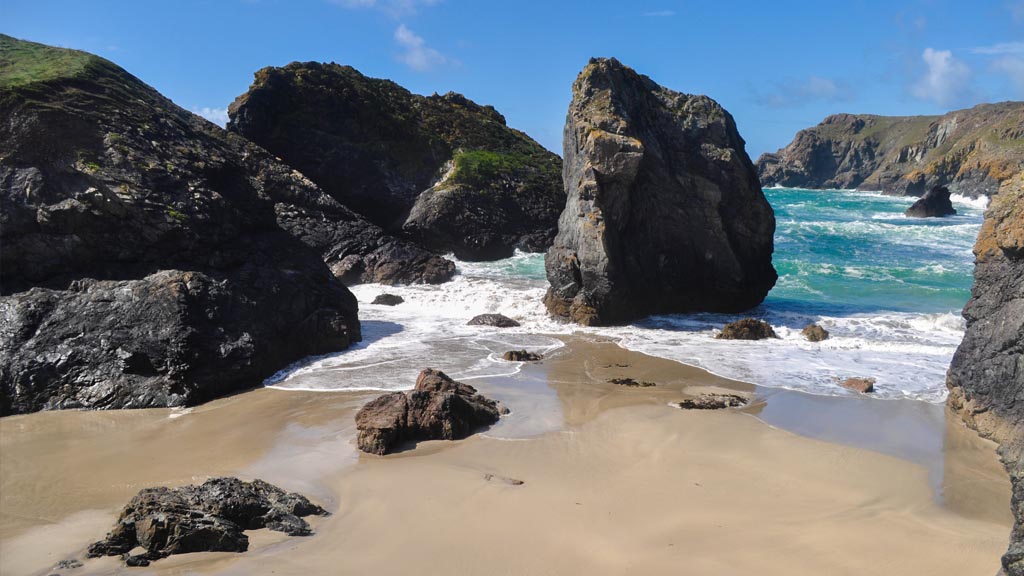
There are countless points of opportunity for keen photographers in southern Cornwall, but the magnificent coastline at Land’s End and the rocky beach at Kynance Cove captured my heart (and most of my camera’s proverbial film). Both locations simply ooze drama. They are unquestionably beautiful, but there’s nothing graceful about their raw exteriors. The south-west coastal path at Land’s End provides a journey along a striking eroded coastline, while the enormous scattered rocks and tidal islands off the edge of the Kynance Cove beach creates a unique coastal view and experience unlike anywhere else.



